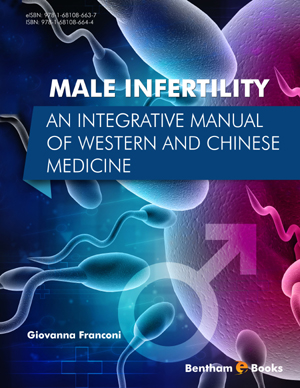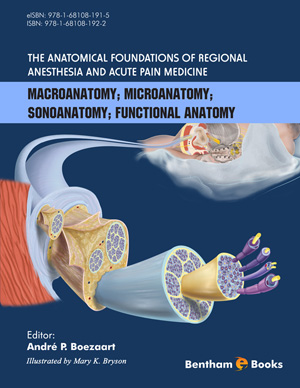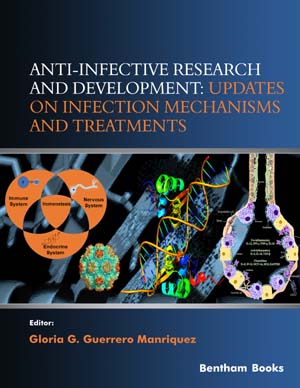Abstract
Tuberculosis (TB), which is one of the infectious diseases with highest mortality in the world, remains the second most common cause of death. More than 30% of the worldwide population has latent infection caused by Mycobacterium tuberculosis (Mtb). This large number of Mtb infected people hinders worldwide control of TB. Diagnosis of TB is a challenge because the clinical signs and symptoms are nonspecific and radiological tests are non-sensitive and/or unspecific. Sputum smear microscopy is the most common laboratorial diagnostic test used to confirm TB, but it has low sensitivity, varying from 30% to 60%. Culture in solid medium is considered the gold standard method for the diagnosis of TB, but the results can take up to 8 weeks. There is therefore a need to develop a fast and more accurate diagnostic test for TB. There are some alternative diagnostic tests for TB using immunological and molecular technologies. Studies which evaluated the performance of molecular biology tests indicate that the diagnostic methods for TB are improving and resulting in rapid detection of Kock’s bacilli directly from biological samples. Molecular biology based methods can detect the DNA of M. tuberculosis and also the genes which cause resistance to drugs and they could detect MDR-TB early. However, in paucibacillary forms of disease, as pulmonary TB with smear-negative, extrapulmonary TB, childhood TB and immune-compromised patients, the most molecular tests are unable to diagnose the disease. In latent TB infection (LTBI), the tuberculin skin test (TST), an old test used, remains the method for detecting the infection, but has some limitations. Recently, the development of in vivo T-cell-based interferon-gamma release assays (IGRAs), which are more specific to M. tuberculosis than the TST, is currently being proposed to diagnose LTBI. However, early detection of M. tuberculosis by antigen or antibody is difficult. There are some serological assays, using specific antigens to detect circling antibodies in development to increase their sensitivity. These tests are generally simple, rapid and not too expensive compared to molecular tools. Some studies have shown that serological diagnosis methods varygreatly in accuracy. Because of this, advances in immunological and molecular diagnosis tests must be made to increase the accuracy of detection of pulmonary and extrapulmonary TB and latent TB infection, mainly in regions with high prevalence of this disease. The early detection of TB enables the initiation of specific treatment and helps to break the transmission chain. However, new immunological and molecular tools still need validation in order to be implemented in national TB control programs. This chapter reviews and discusses new molecular and immunological diagnostic tests for TB and the recent advances in TB detection.
Keywords: Immunological diagnosis, Molecular diagnosis, Tuberculosis, Mycobacteria, Mycobacterium tuberculosis.






















